The sound of baseballs and softballs sailing through the air and smacking into leather gloves echoes a little louder these days.
This spring marks the second since the Maine Principals’ Association tweaked a rule regarding the first week pitchers and catchers were allowed to formally begin training for the new season. In previous years, teams were limited in how many players they could designate as pitchers and catchers, thereby limiting the amount of players that could take advantage of the week preceding the first day of practices, one meant to improve conditioning and prevent arm injuries during the season.
Now the limits are gone, and the whole roster is open to the early week. And as Monday showed, some baseball and softball teams alike are taking advantage.
“The gym was a little more full today than it has been a few years ago,” Gardiner baseball coach Russ Beckwith said.
The new rule turned pitchers and catchers week from an exclusive to an inclusive exercise. Originally, teams had to pick eight pitchers and two catchers, which could force coaches to do some trimming regarding who got to get the jump start on the season. With those barriers gone, anyone interested in pitching or catching is free to join in.
“I think it gives everybody an opportunity,” Beckwith said. “In the past, I think it forced coaches into really thinking ahead without knowing what they had. That was one of the things that always bothered me. … It’s nice for me to be able to see, and especially get some time with, the young pitchers and help them develop more as well.”
Still, there are some differences in philosophy as to what the second-year rule allows this week to be. For Beckwith, they’re still pitchers and catchers sessions, with the instruction being aimed at developing pitching mechanics and the catchers getting acclimated to receiving pitches and playing from a crouch.
“We’ve limited it only to the student-athletes who will be pitching and catching,” he said. “I’m looking to build specific core and arm conditioning for my pitchers and building long-term endurance so that they don’t have arm issues toward the end of the year.”
Erskine softball coach Holly Tripp said the week is geared toward helping to develop underhand pitching form and mechanics, and that the turnout Monday was the same that it has been in previous seasons.
“How I have read the new rules change is that the throwing motion is about pitching,” she said. “For softball, what I’ve read is that it doesn’t include overhead throwing. We’re still treating it as pitchers and catchers.”
Other coaches view it differently. Since the theme of the week, as stated on the MPA’s website, is stretching, strengthening, cardio and recovery, they look at it as a chance to get all players — pitchers, catchers and otherwise — involved, figuring infielders and outfielders will do plenty of throwing as well.
“It’s no longer a pitchers and catchers week,” Cony baseball coach Don Plourde said. “I highly recommend that my kids come. It’s certainly not tryouts, but at the same time, you’ll be a week behind everybody else.”
Some softball coaches think the same way. “I bring in all the kids,” Monmouth coach Dave Kaplan said. “We run through conditioning drills for everybody, which we’re allowed to do now. Throwing drills and conditioning stuff, they’re allowed to do all of that now. … Just the fact of getting them in the gym, getting them acclimated to running again early, it may help prevent injuries. I think it will.”
The principles behind the week remain the same. Bats are banned, pickoffs aren’t allowed, blocking drills are off limits and live defensive situations are taboo. This week is for the most basic of the basics: Gripping the ball, throwing motion, mechanics and exercise.
“We have different stations,” Kaplan said. “We have kids running with parachutes for resistance training, we have therabands for legs and arms, we have ladders we use for another station, and form running stations where we teach the kids proper techniques to get out of the box down the line.”
Teams take it slow for the same reason this week is put in the schedule. Put players on the mound or in the circle too quickly, and it becomes a recipe for trouble.
“The tendency with young athletes is as soon as they hit the mound, to ramp it up to 100 percent,” Beckwith said. “These athletes don’t have an opportunity in the Northeast to really get in the gym and get themselves ready to go out on Day 1 and have an intense tryout.”
“I talk to my kids about this, we want ‘prehab’ instead of ‘rehab,’ ” Plourde said. “If you do prehab, you don’t have to do rehab. Prehab is you take care of your muscles, you get proper rest, you give yourself time to recover.”
It’s a safe — and smart — approach, and it’s one that coaches are universally happier to see apply to more players.
“I think it’s great to raise the restrictions for a school that has a lot of kids trying out,” Tripp said. “I think that’s awesome, to be able to access the extra training.”
Drew Bonifant — 621-5638
dbonifant@centralmaine.com
Twitter: @dbonifantMTM
Send questions/comments to the editors.


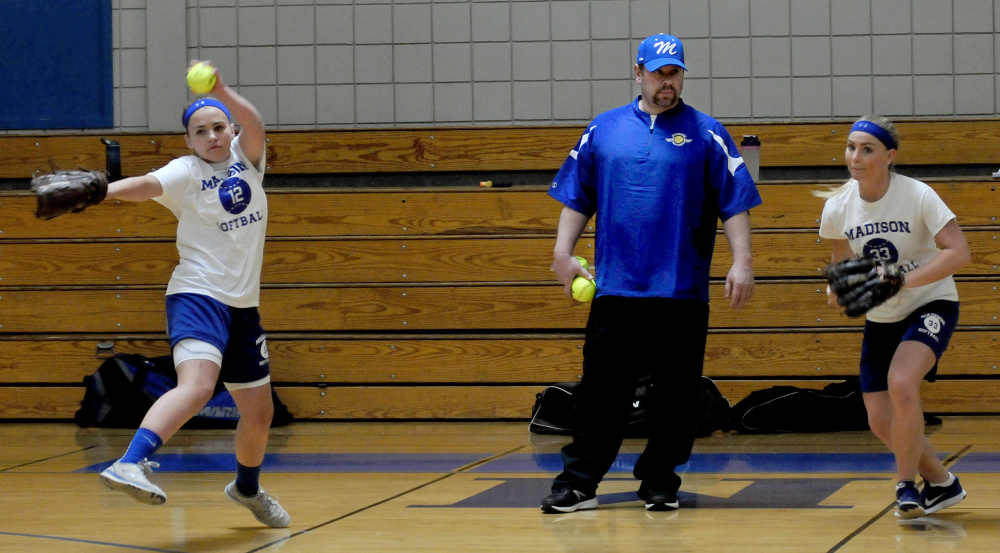
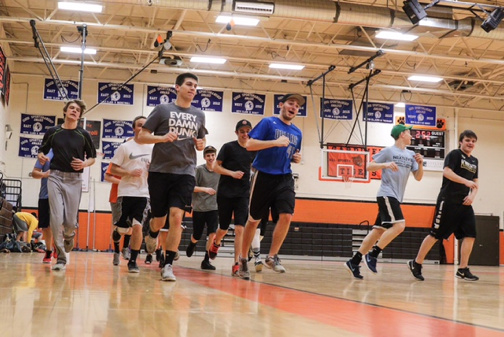
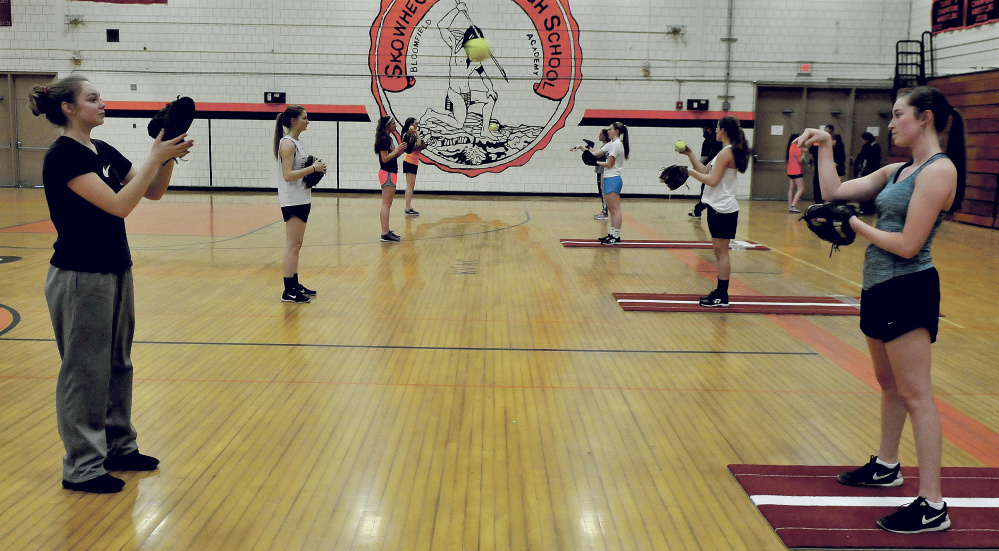
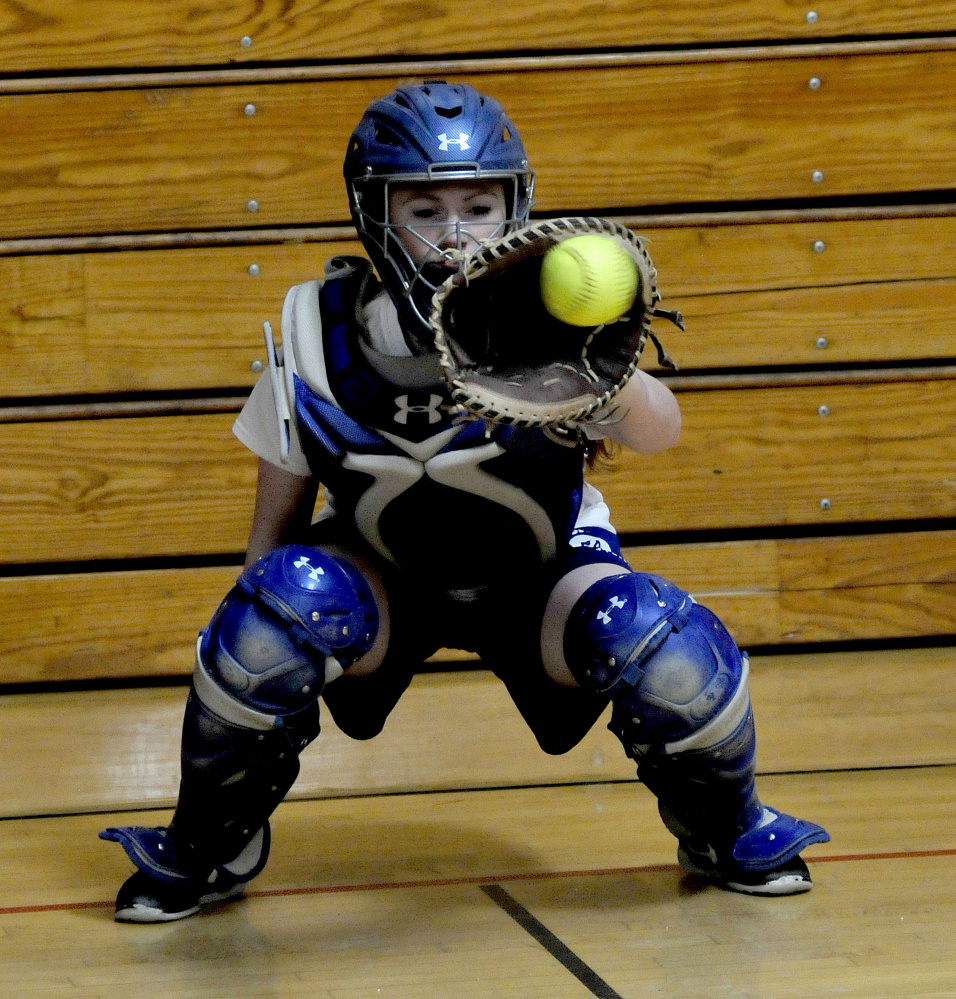
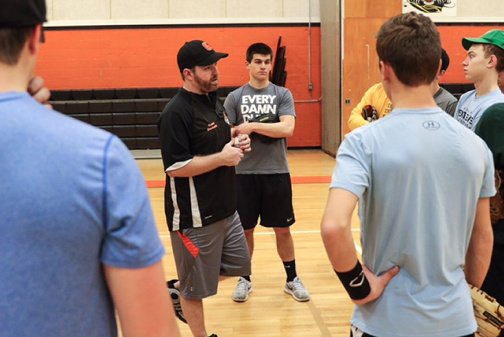
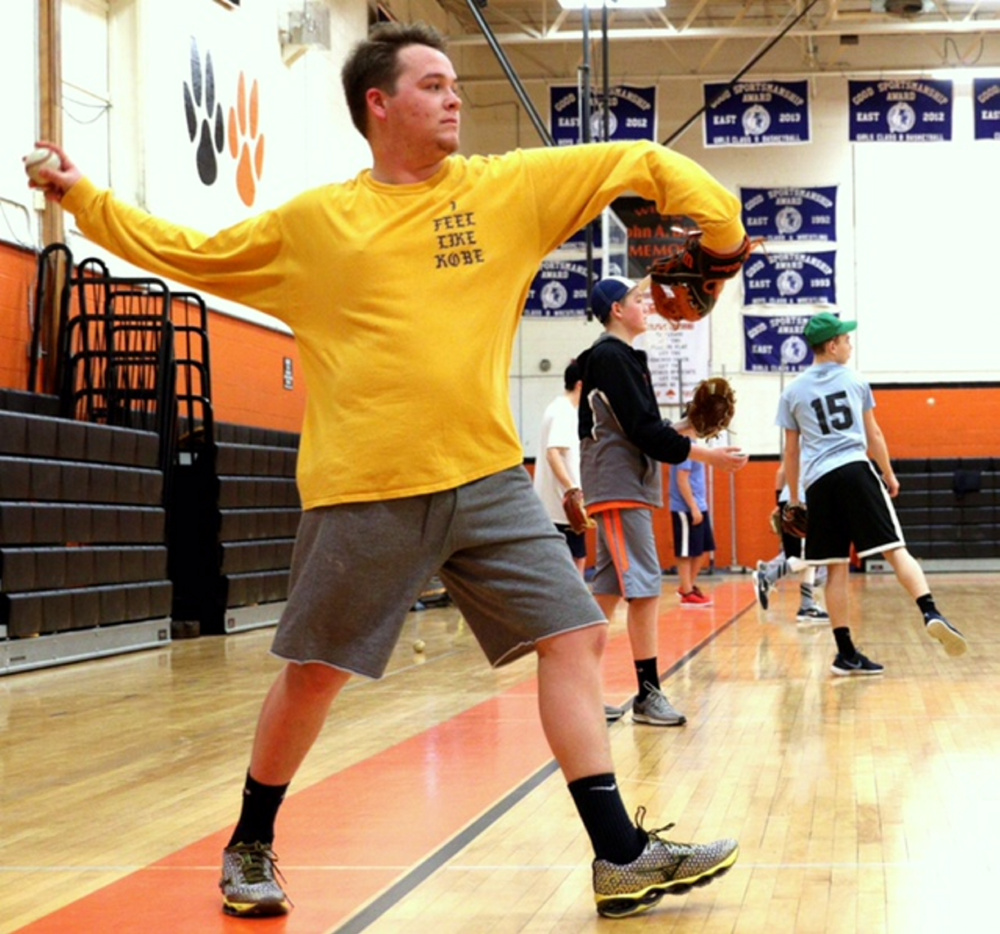
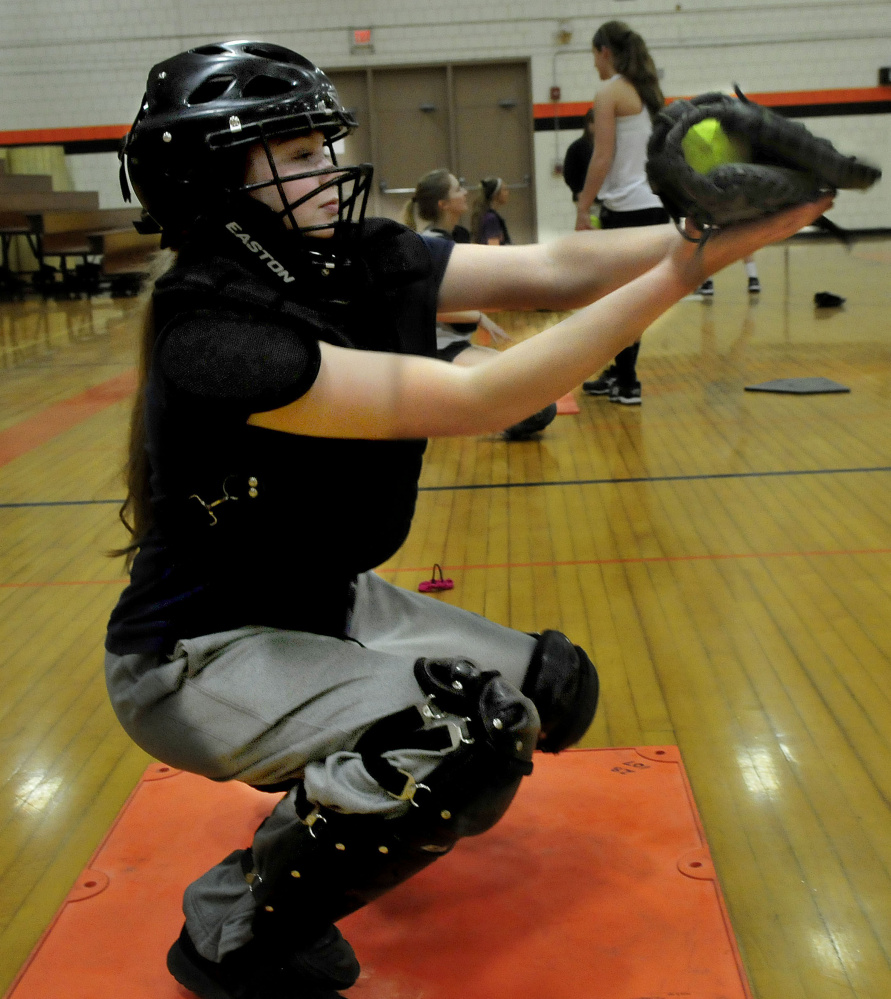

Success. Please wait for the page to reload. If the page does not reload within 5 seconds, please refresh the page.
Enter your email and password to access comments.
Hi, to comment on stories you must . This profile is in addition to your subscription and website login.
Already have a commenting profile? .
Invalid username/password.
Please check your email to confirm and complete your registration.
Only subscribers are eligible to post comments. Please subscribe or login first for digital access. Here’s why.
Use the form below to reset your password. When you've submitted your account email, we will send an email with a reset code.